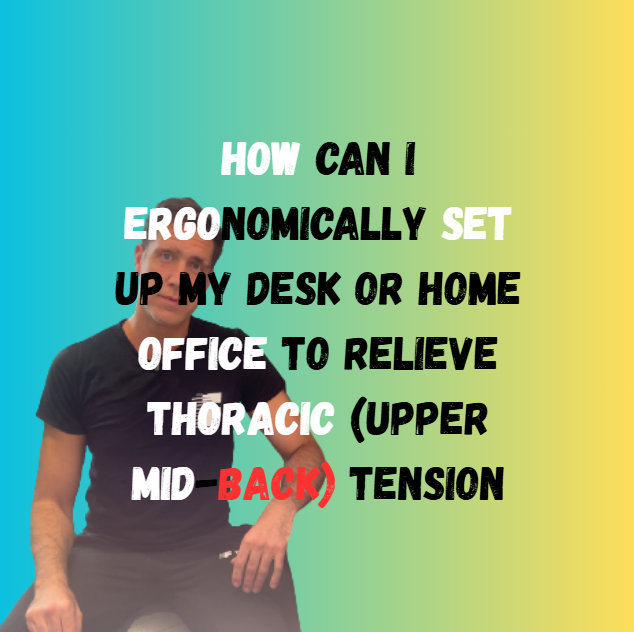
Why Small Adjustments Make a Big Difference
Why Small Adjustments Make a Big Difference
Do you ever finish a long day at your desk with knots between your shoulder blades or a stiff, aching upper back? You’re not alone. In fact, poor workstation setup is one of the most common reasons people develop persistent upper back pain, even when medical scans show nothing is “wrong.”
The good news? With a few simple adjustments to your desk setup and daily routine, you can take pressure off your thoracic spine, reduce tension, and finally get lasting relief — without resorting to painkillers or surgery.
Why Your Scan Might Be Normal… But You Still Have Pain
One of the most frustrating things my clients hear is: “Your MRI looks fine.” Yet their back pain continues day after day.
That’s because scans only show structural issues like fractures or herniated discs. They don’t reveal:
- Muscle tension caused by hours of sitting.
- Weak postural muscles that can’t support your spine.
- Stress and anxiety amplifying pain signals.
- Poor breathing mechanics that keep your upper back tight.
If this sounds familiar, you might find my article on NHS advice on back pain vs. virtual rehab especially helpful — it explains why traditional advice often falls short for upper back pain sufferers.
The Desk Setup Mistakes That Cause Upper Back Pain
Upper back pain from desk work is rarely about one single “bad habit.” Instead, it’s a combination of small ergonomic mistakes that build tension throughout the day:
- Screen too low or too high → encourages slouching or craning forward.
- Elbows not supported → shoulders creep up, leading to stiffness.
- Keyboard and mouse too far away → constant reaching strains the shoulder blades.
- No movement breaks → muscles lock up and circulation slows.
For a deeper dive into how posture feeds into upper back tension, check out my post on why poor posture can cause back ache between your shoulder blades.
Quick Desk Fixes That Really Work
Here are four simple desk adjustments that I recommend to almost every client:
- Raise your screen so the top third is at eye level.
- Keep elbows at 90° with shoulders relaxed, not shrugged.
- Bring your keyboard and mouse closer — no reaching.
- Take a movement break every 30–45 minutes. A simple thoracic extension (hands behind head, lean back gently) provides instant relief.
Pair these with strengthening exercises for the thoracic spine, like the ones in my guide on strengthening your thoracic spine to relieve upper back pain, and you’ll be well on your way to long-term improvement.
When to Seek More Support
If you’ve already tried simple stretches and ergonomic fixes but your pain keeps coming back, it might be time for a more structured, holistic plan. That’s exactly why I created my Non-Surgical Treatments for Upper Back Pain program.
This approach combines:
- Personalised strength routines for postural muscles.
- Education on daily movement and desk ergonomics.
- Breathing and relaxation techniques to reduce pain sensitivity.
- Guidance on when to seek further medical evaluation.
It’s designed for people who want to get back to pain-free living without relying on medication or invasive procedures.
And if you’re not sure whether your pain is related to your upper back, shoulder, or something else entirely, my shoulder pain diagnosis chart can help you work out where the problem is really coming from.
Final Thoughts
Upper back pain doesn’t have to be something you “just live with.” Often, the right combination of desk setup adjustments, strengthening, and holistic strategies can make a huge difference — even when your scan looks clear.
If you’re ready to move beyond quick fixes and start addressing your pain at the root, take a look at my Non-Surgical Treatments for Upper Back Pain today.
👉 You’ll learn how to retrain your body, reduce daily tension, and finally take control of your recovery.
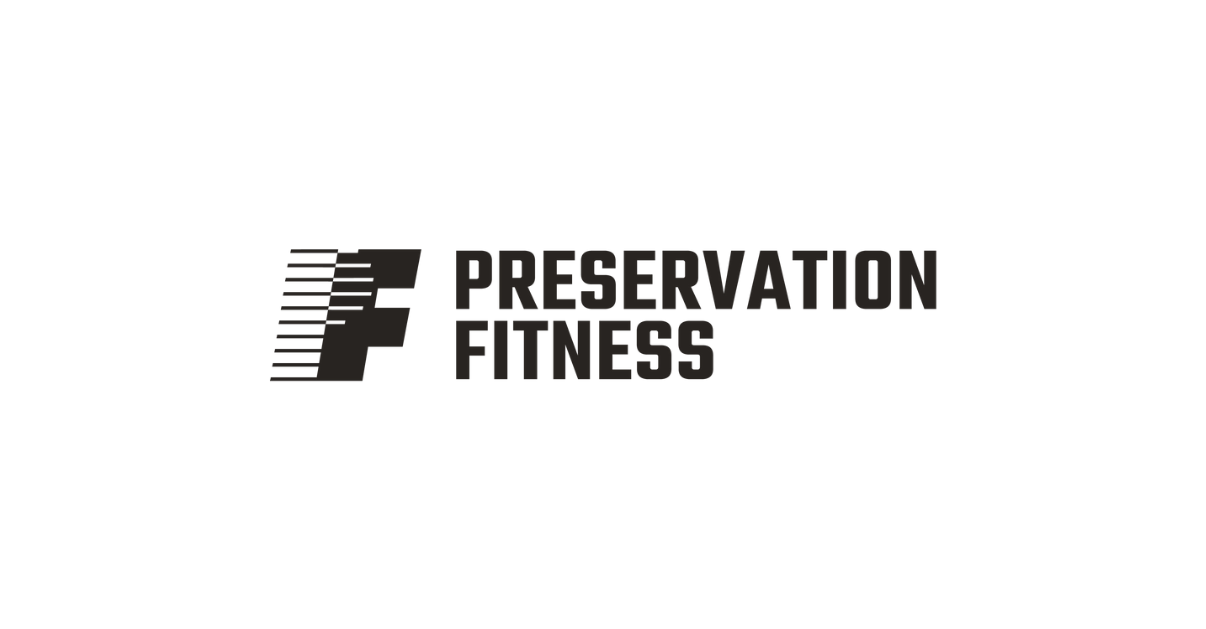

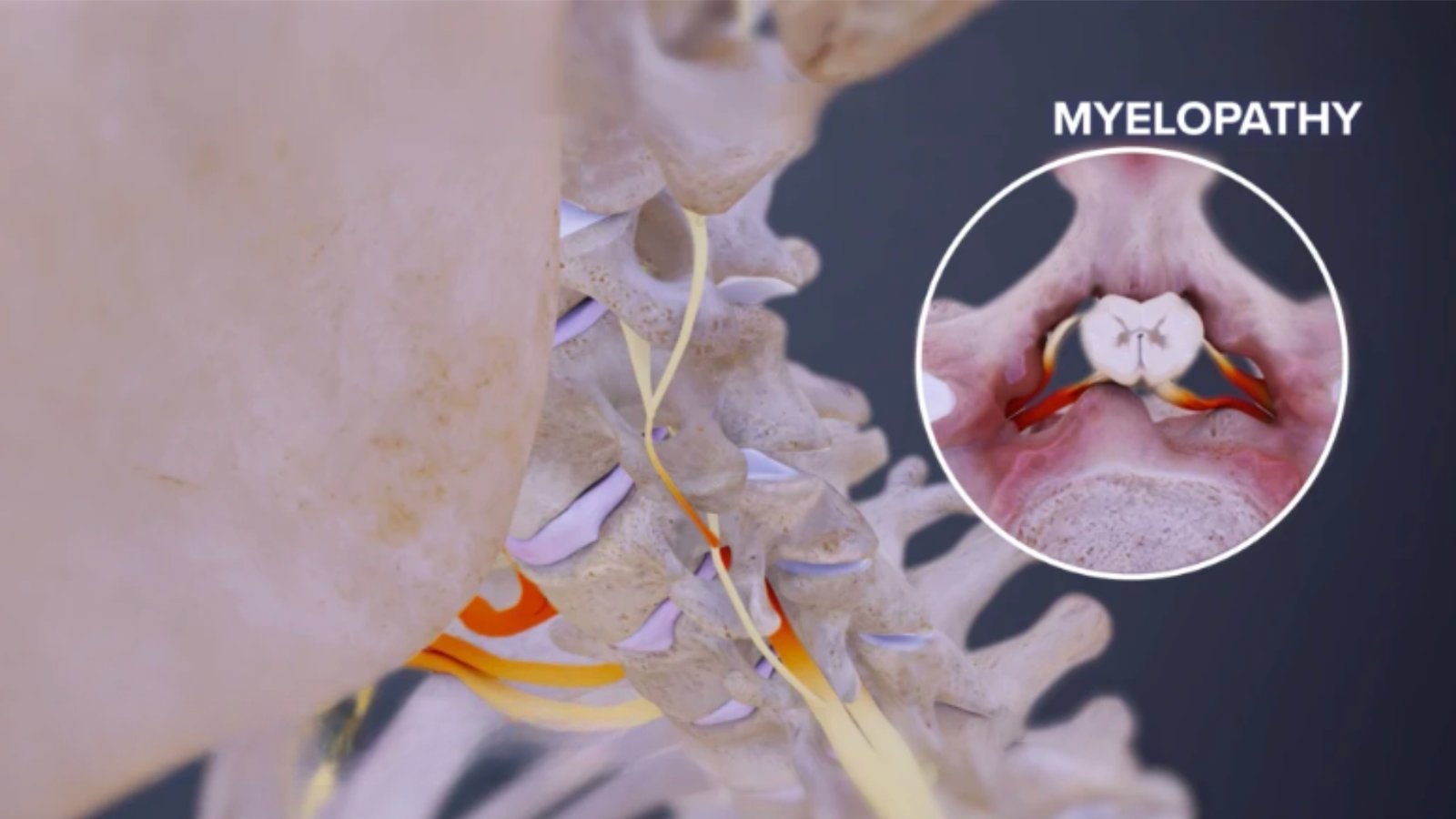
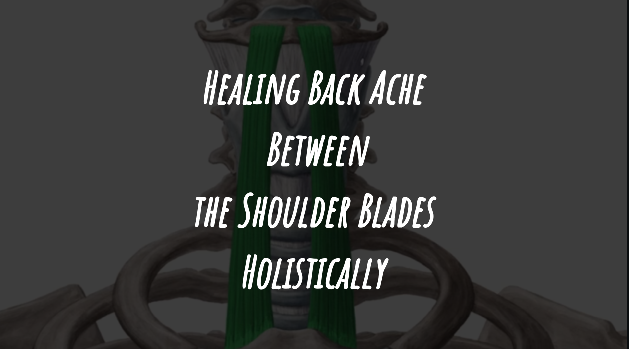
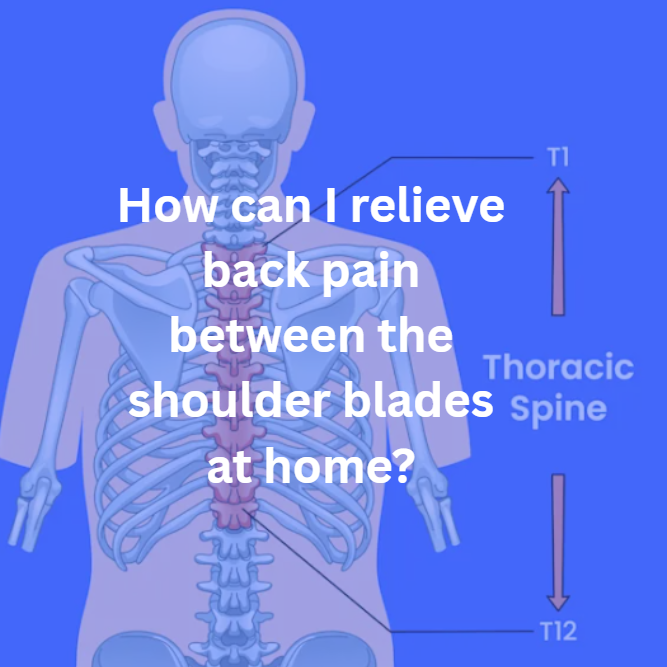
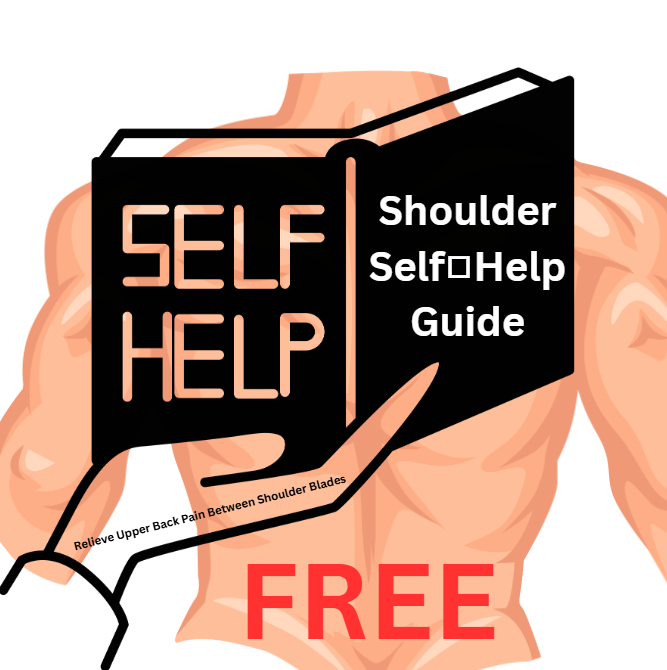

Pingback: How to Relieve Upper Back Pain - Preservation Fitness upper back pain in between your shoulder blade
Pingback: Relieve Upper Back Pain - Preservation Fitness How to Relieve Upper Back Pain Between Shoulder Blades Fast
Pingback: Relieve Back Ache - Preservation Fitness How to Relieve Back Ache Between Shoulder Blades Fast
Pingback: shoulder diagnosis chart - Preservation Fitness